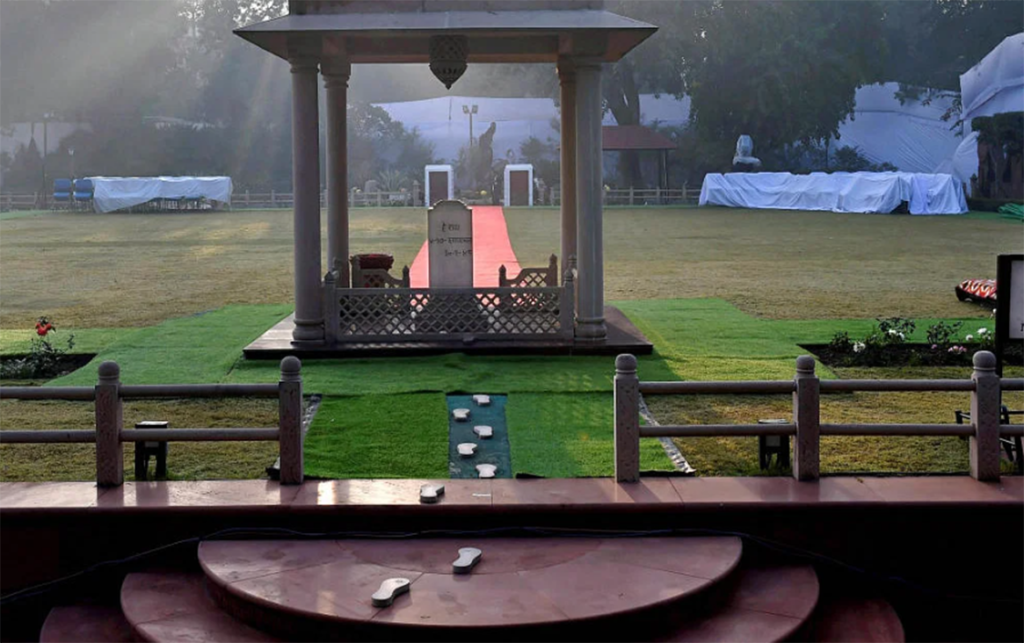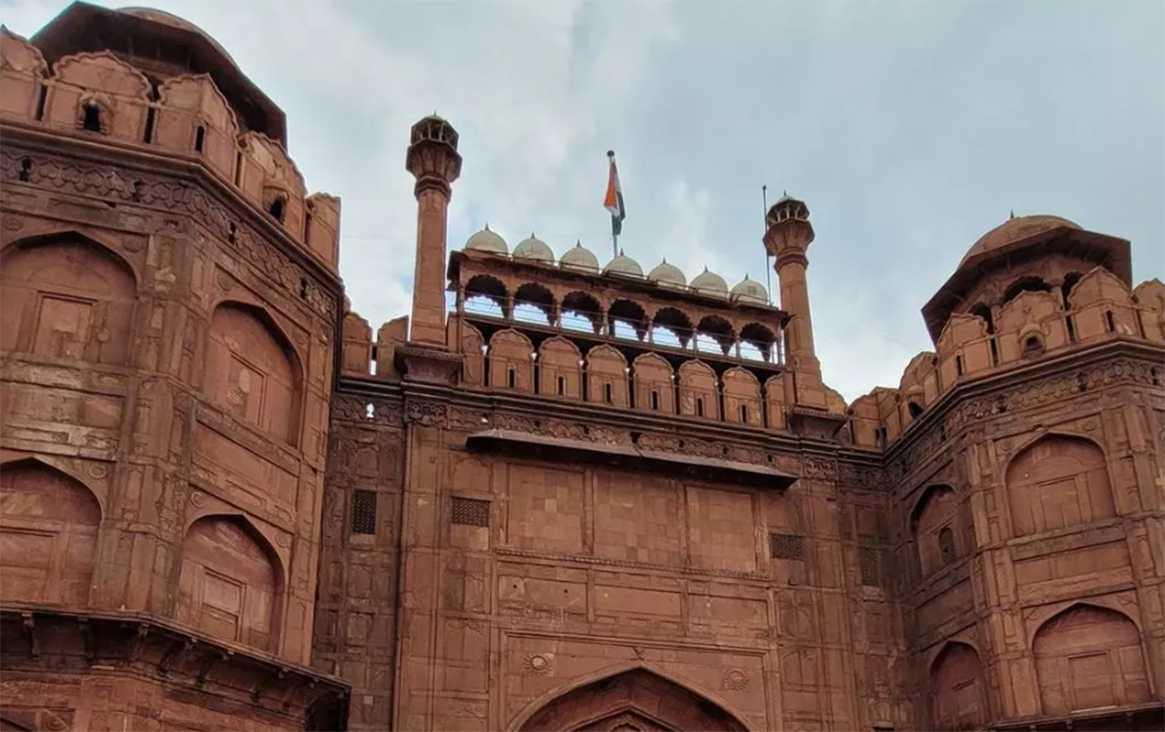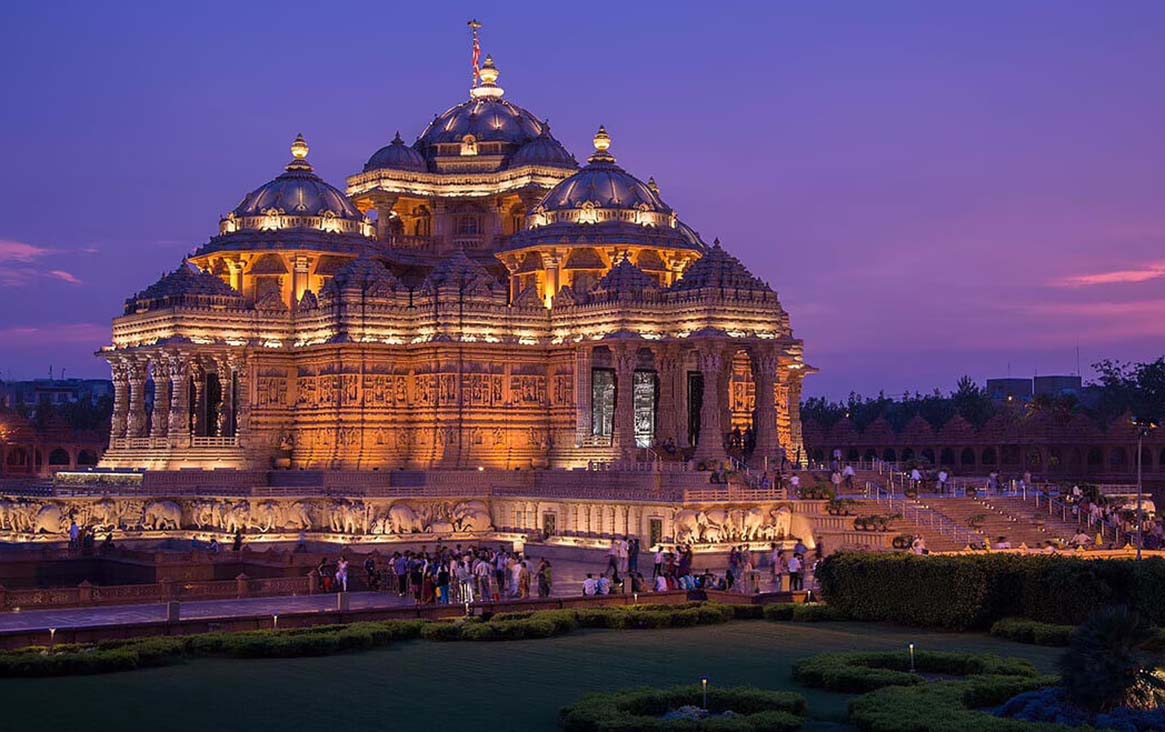New Delhi, the capital city of India, is a living testament to the nation’s rich history and diverse cultural heritage. Within its bustling streets and modern skyline, the city holds a treasure trove of ancient monuments and cultural landmarks that speak to centuries of dynasties, empires, and artistic expression. Embarking on a historical journey through New Delhi unveils the captivating allure of its heritage, offering a profound insight into the city’s past and the resilience of its traditions.
Red Fort: The Imperial Legacy
The Red Fort, an iconic symbol of India’s history, stands as a magnificent testament to the might of the Mughal Empire. This UNESCO World Heritage Site, with its red sandstone walls and intricate architecture, once served as the main residence of Mughal emperors. Exploring the fort’s Diwan-i-Khas (Hall of Private Audience) and Diwan-i-Am (Hall of Public Audience) offers a glimpse into the grandeur of Mughal court life.
Qutub Minar: An Architectural Marvel
The towering Qutub Minar is a UNESCO-listed minaret that dates back to the 12th century. Standing at over 72 meters, it is an architectural masterpiece built to celebrate the victory of the Delhi Sultanate. The surrounding Qutub Complex features stunning examples of Indo-Islamic architecture, including the Quwwat-ul-Islam Mosque and the Iron Pillar.
Humayun’s Tomb: Elegance in Stone
Humayun’s Tomb, a precursor to the Taj Mahal, is a testament to the exquisite blend of Persian and Mughal architectural styles. The tomb’s serene gardens and intricate marble detailing make it a remarkable remnant of the Mughal era. Its significance lies not only in its architectural beauty but also in its role as the final resting place of Mughal Emperor Humayun.
India Gate: Honoring Sacrifice
India Gate, a war memorial, stands as a tribute to the soldiers who lost their lives during World War I. This imposing structure, reminiscent of the Arc de Triomphe, is a popular gathering place and a symbol of national pride. Its illuminated beauty at night draws both locals and tourists alike.
National Museum: A Journey Through Time
The National Museum houses an extensive collection of artifacts that span India’s history, from ancient civilizations to contemporary art. Its galleries showcase sculptures, textiles, paintings, and more, offering a comprehensive overview of the nation’s cultural heritage. The museum’s meticulous curation allows visitors to embark on a captivating journey through India’s diverse past.
Lotus Temple: Unity in Diversity
The striking Lotus Temple is a Bahá’í House of Worship renowned for its lotus-like architecture and serene ambiance. The temple promotes unity and welcomes individuals of all faiths to meditate and reflect. Its architectural brilliance and inclusivity reflect the harmonious spirit of India’s cultural tapestry.
Gandhi Smriti: A Walk With the Mahatma

Gandhi Smriti, the residence where Mahatma Gandhi spent the last 144 days of his life, is now a museum dedicated to his legacy. Visitors can explore the rooms where Gandhi lived and the exact spot where he was assassinated. The museum provides insight into his philosophy of nonviolence and his contributions to India’s struggle for independence.
Research and Itinerary
To make the most of your historical journey in New Delhi, conduct thorough research on the monuments and landmarks that intrigue you the most. Create an itinerary that allows you to explore these sites in a logical and organized manner, optimizing your time and enriching your experience.
Guided Tours and Platforms
Consider joining guided tours offered by reputable tour operators or cultural organizations. These tours provide expert insights and historical context that enhance your understanding of the sites. Platforms like Viator, GetYourGuide, and Klook offer a range of guided tours that cater to different interests and preferences.
Exploring the historical treasures of New Delhi offers a remarkable journey through time, where ancient monuments and cultural landmarks weave a tapestry of stories that shaped the city and the nation. Each monument carries within it the echoes of emperors, artists, philosophers, and revolutionaries, all contributing to the vibrant mosaic of India’s past.


